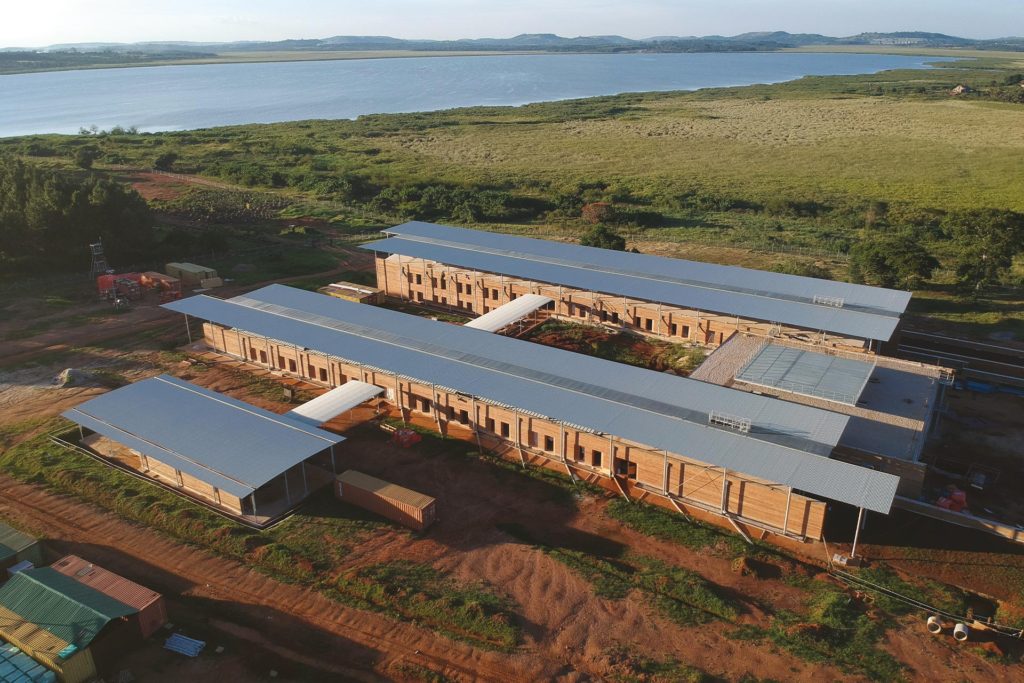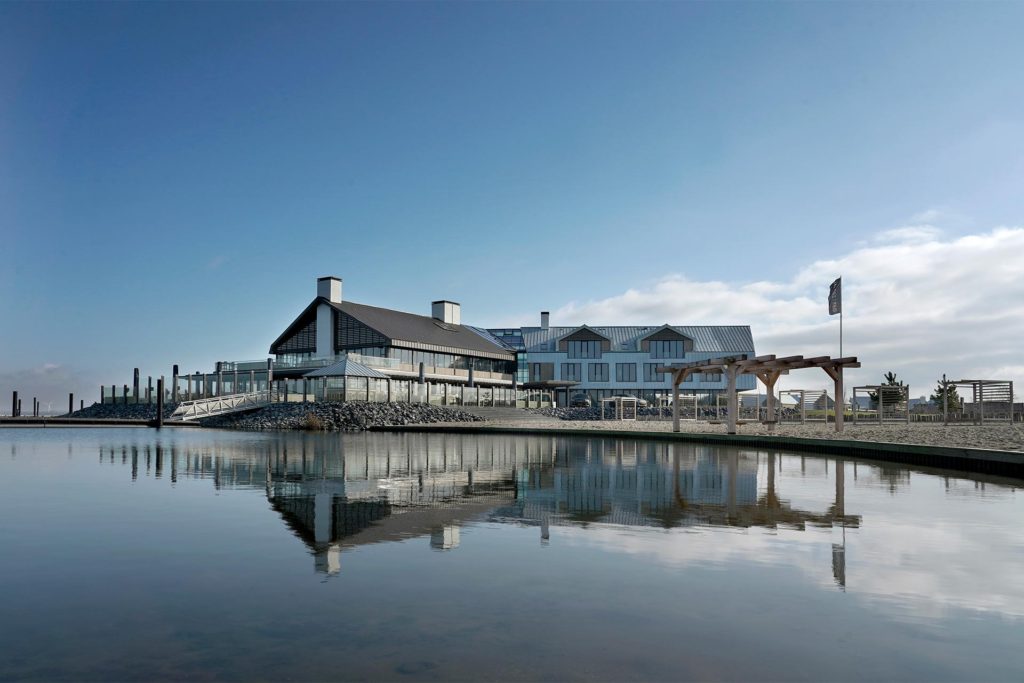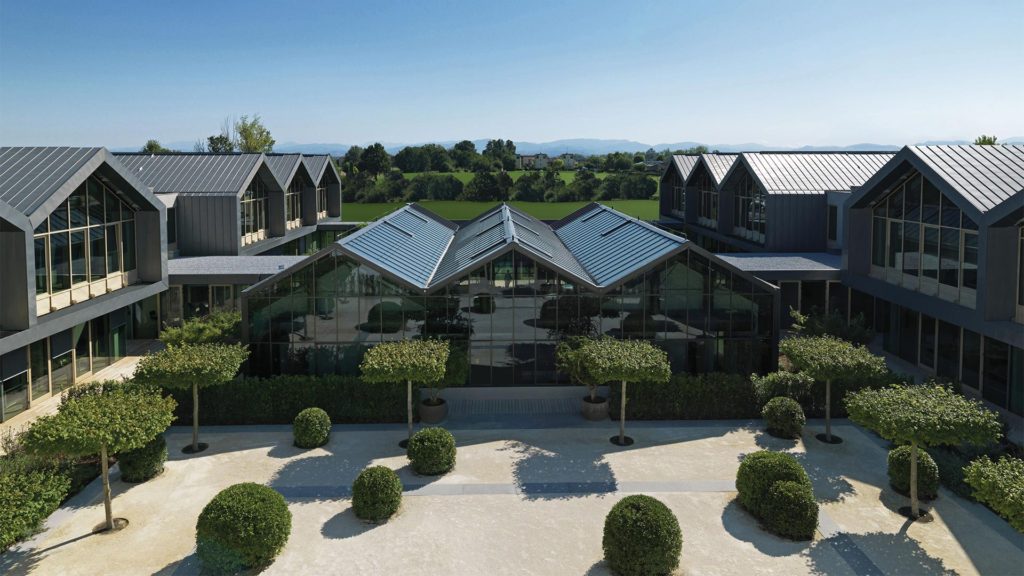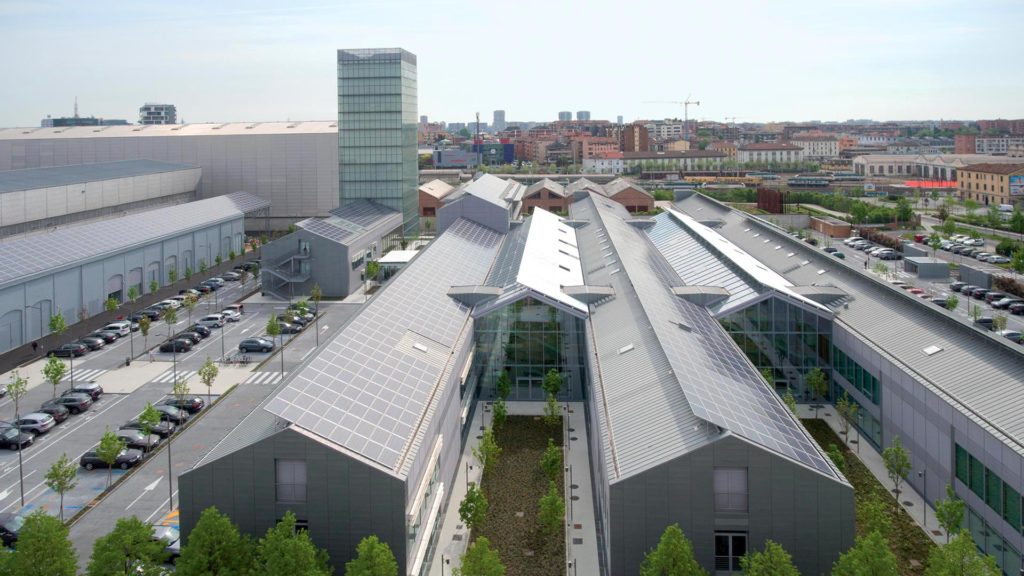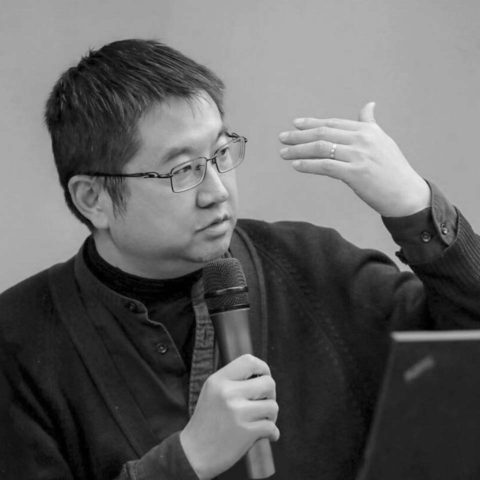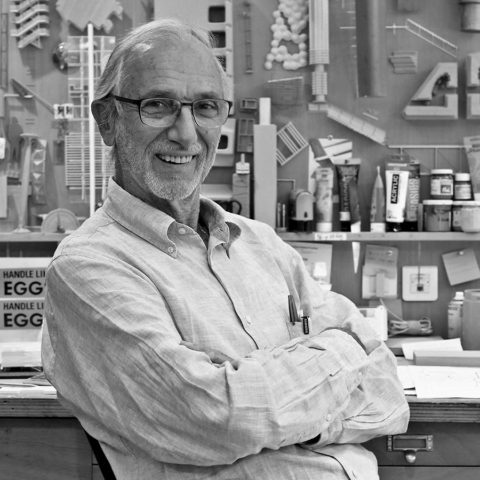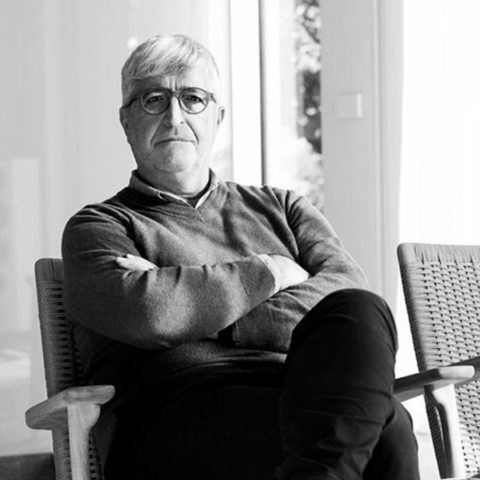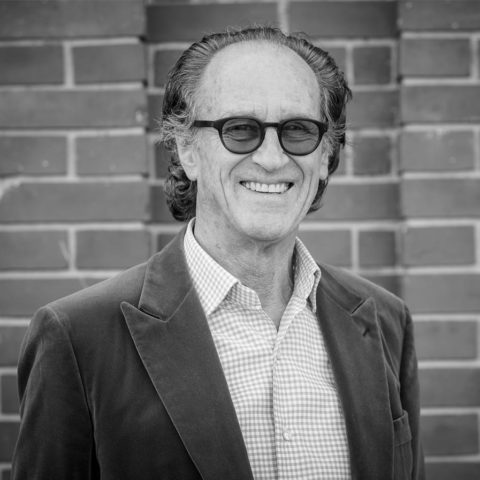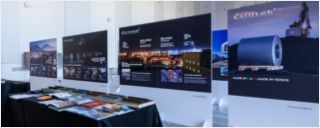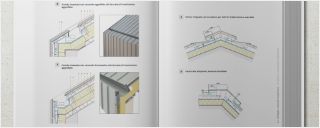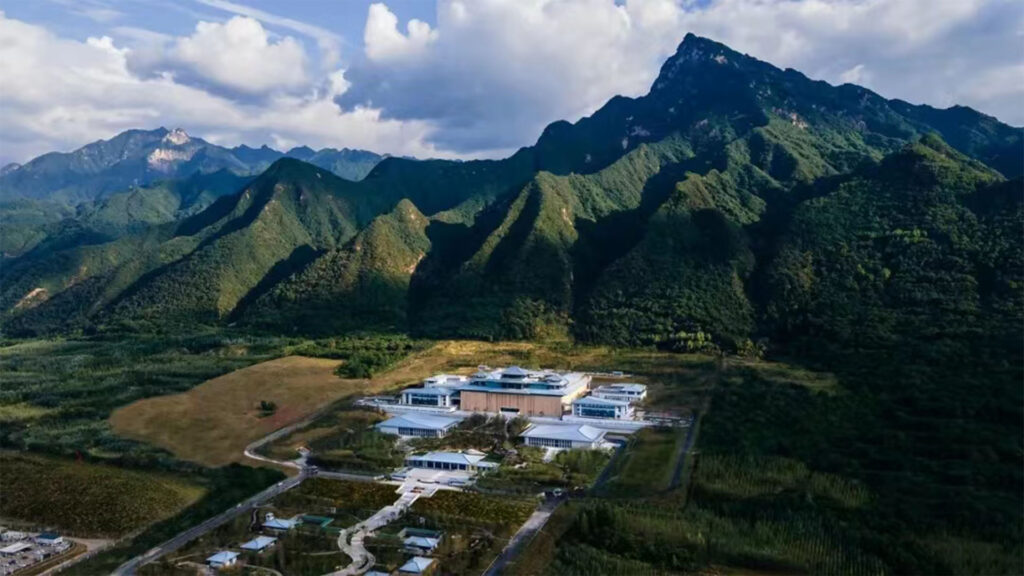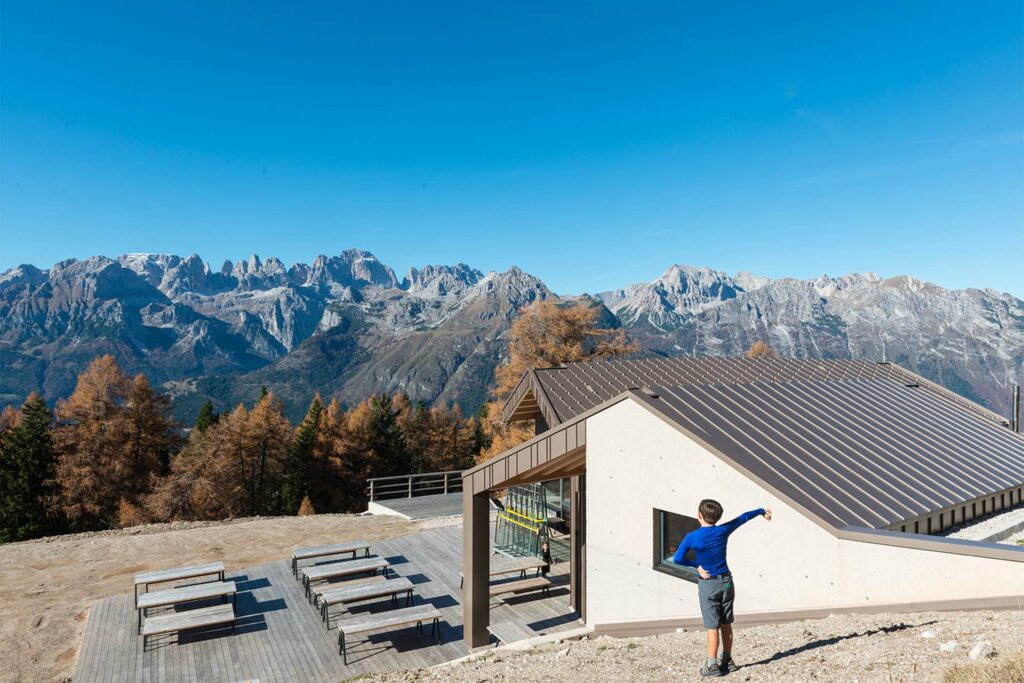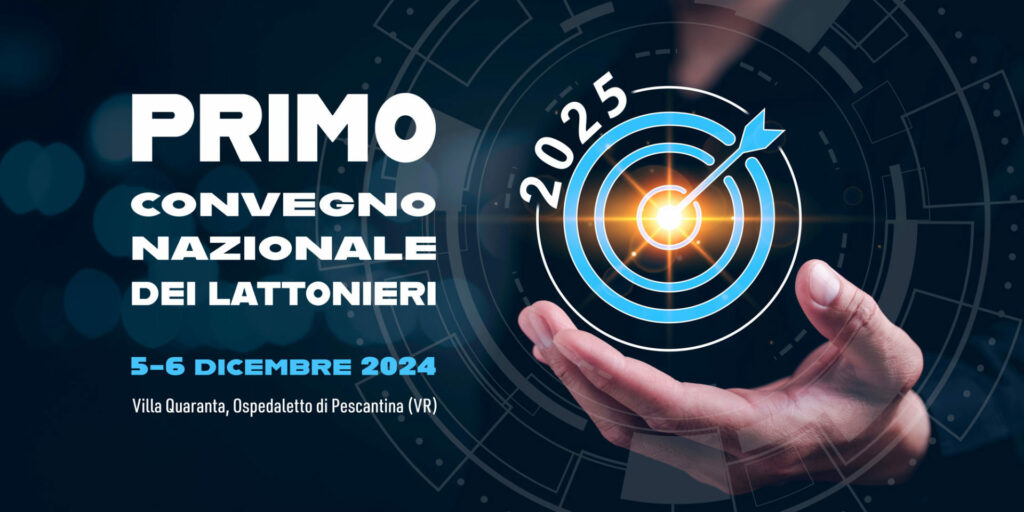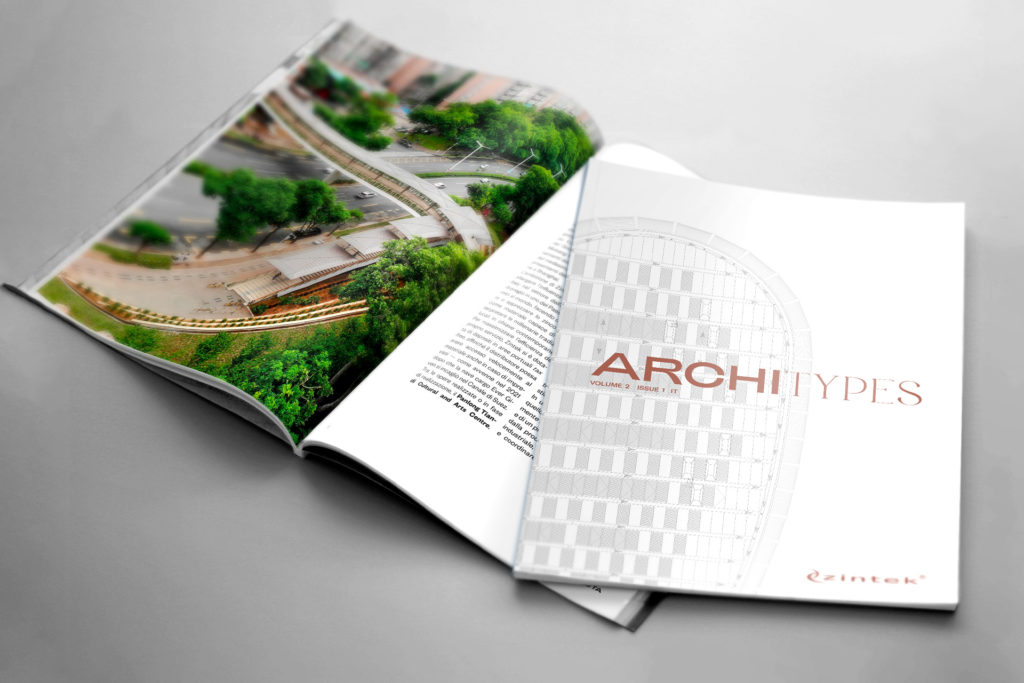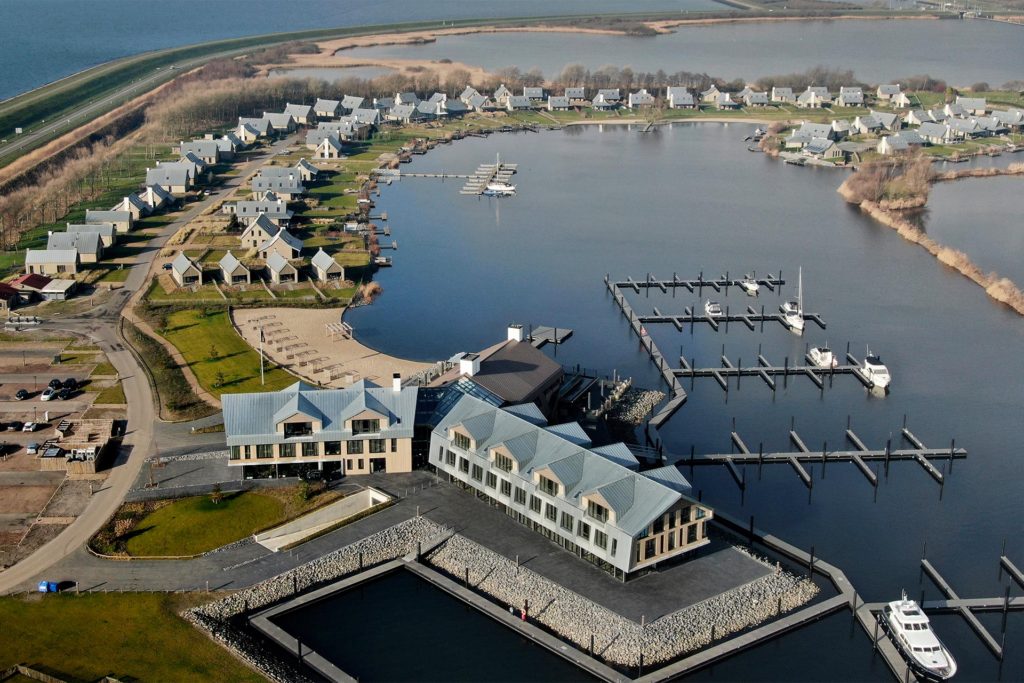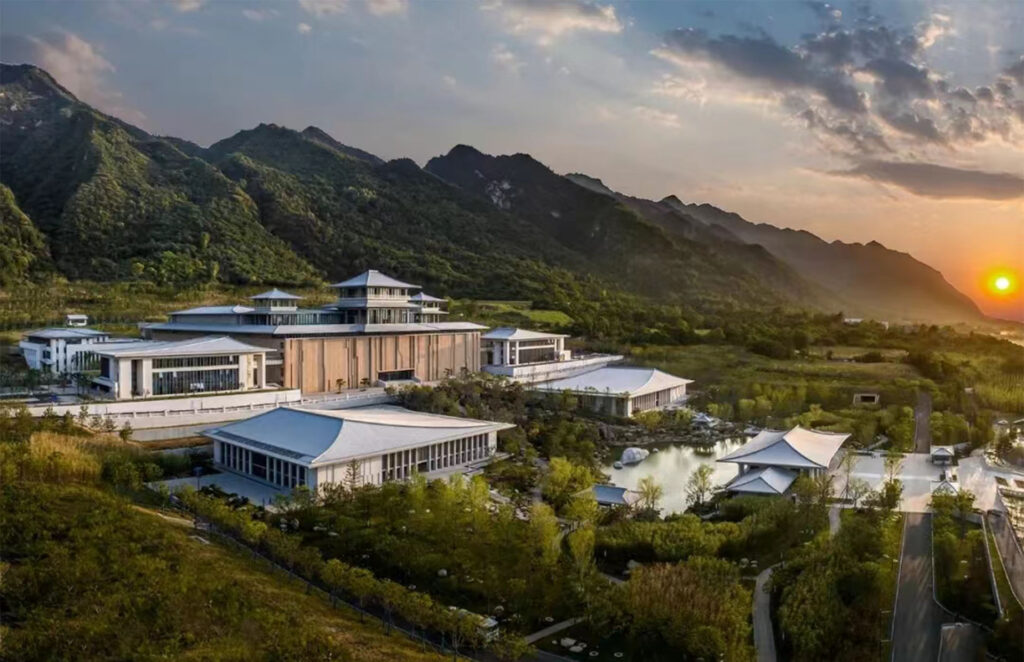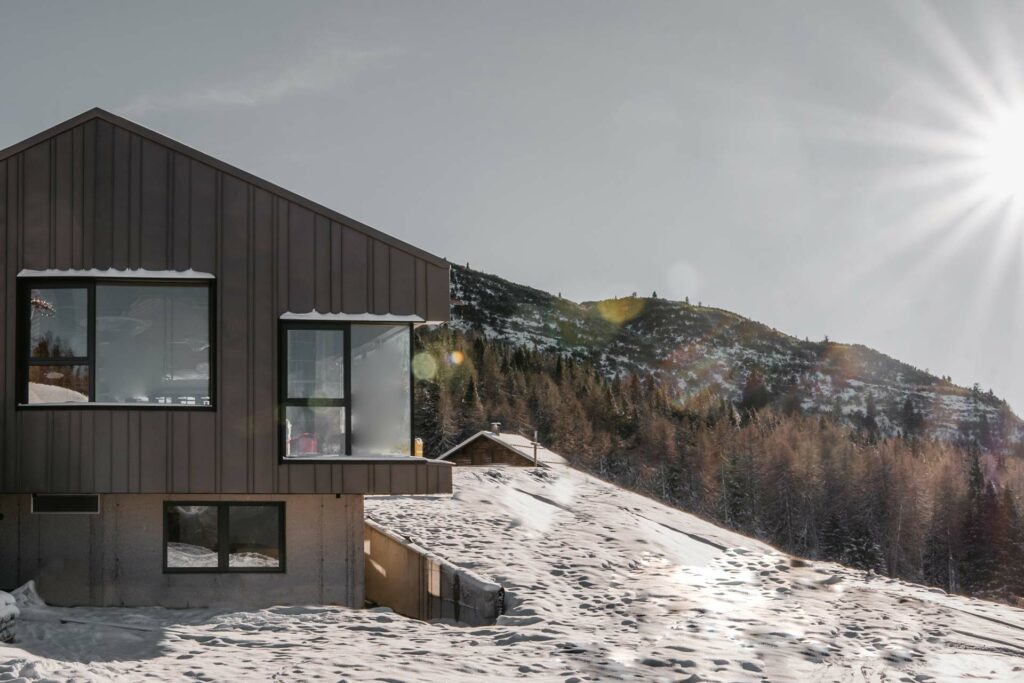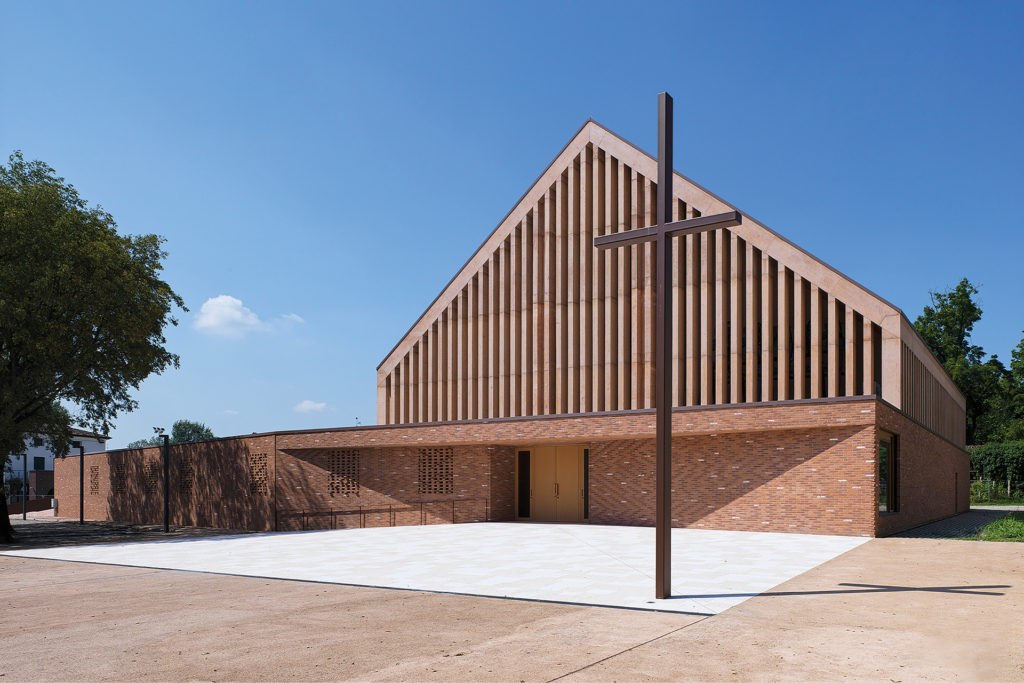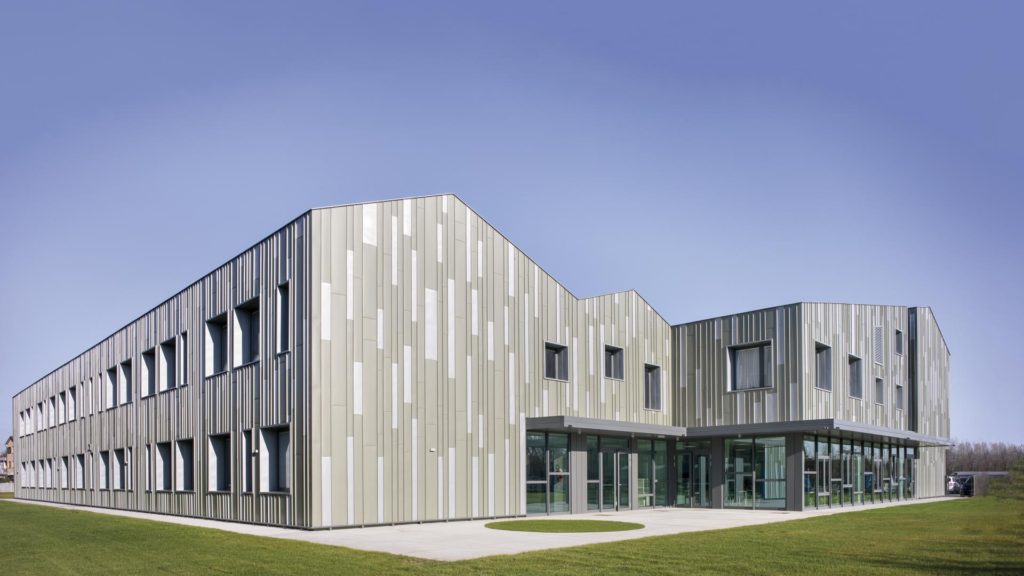Bilbao
A city in continuous development: this is how Bilbao likes to present itself to its visitors.
In recent decades, the capital of Biscay has in fact been the initiator of a series of innovative economic policies, investing in cultural projects and in the transformation of entire neighbourhoods that have radically changed its appearance, thus allowing it to win the prize of “European City of the Year” at the Urbanism Awards 2018. A turnaround, a makeover not only physical, but, above all, social, economic and cultural.
The redevelopment plan for the Basque city started in the late ’80s, when the local authorities have suggested to the Solomon R. Guggenheim foundation the idea of building its own museum in Bilbao. The result: sinuous volumes, in glass and titanium, to shape the profile of the Guggenheim Museum, project designed by architect Frank O. Gehry.
Considered as one of the most spectacular buildings representing the deconstructivism style, the gallery is surrounded by other works of art that have become a symbol of the city along the years: the spider of Louise Bourgeois, the sculpture with metal spheres signed by Anish Kapoor, Puppy and the Tulips designed by Jeff Koons.

To visit Bilbao is like projecting oneself into the future; the city is a Spanish unicum when it comes to innovative and futuristic architecture and, in all these architectural works of art, you can see the hand of the so-called archistars: everything seems to be talking about design. Other must-see attractions for the most passionate include Zorrozaure, an artificial peninsula completely restructured following the lines of a grandiose project signed by Zaha Hadid; the underground designed by Norman Foster; Daniel Buren‘s red arch overcoming La Salve bridge; the two symmetrical towers of Arata Isozaki and the fascinating Zubizuri, the white, sinuous pedestrian bridge of Santiago Calatrava.

But today, the real force of Bilbao lies not just in this landmark, but in the strategic ability of local politicians and urban planners to transform a city suffocated by steelworks and containers into an area with a new tourist and cultural vocation on a more human scale.
Porto
After more than a decade of unrelenting deployment of its inhabitants towards more comfortable and residential areas, the Portuguese town of Porto has started to gain back its population.

The numerous projects sustained and promoted by the municipality, in collaboration with private entities, have led to the relaunch, the revitalization of the historic centre and the recovery of the neighbouring district of Ribeira. Nowadays, all these areas are an eclectic blend that intertwine the monumental city, with its palaces and solid gold rococo decorations of the Igreja de São Francisco, to the contemporary art galleries and buildings of a more modern inspiration.

Porto has always been renowned as a city of great, notorious architects: in this city was born Álvaro Siza Vieira, world famous architect and winner of the Pritzker Prize in 1992, who also studied here, later on, to follow his steps was his disciple, Eduardo Souto de Moura. The Faculty of Architecture of the University stands among Europe’s most prestigious faculties, and was designed by Siza himself. The Serralves Museum of Contemporary Art, a minimalist building in concrete and steel, also bears the signature of the latter: wooden floors, white walls, lounges and small rooms to house paintings, photographs and installations created by the main international artists from the ’60s to the present day.

Still, the Porto in the imagination and the design by Souto de Moura is certainly no less: among the most famous works, can be mentioned the Braga stadium and the Edificio Burgo, a geometric complex with an 18-storey skyscraper, and the underground station Trinidade.

For a complete, unabridged architectural tour, a visit to the Casa da Música, inaugurated in 2005 and designed by Dutch architect, Rem Koolhass, is a must: a white spaceship to have landed in Boavista, an icon of Porto, European Capital of Culture, to remember that the old city remains only a memory, even if still a very vivid one.

